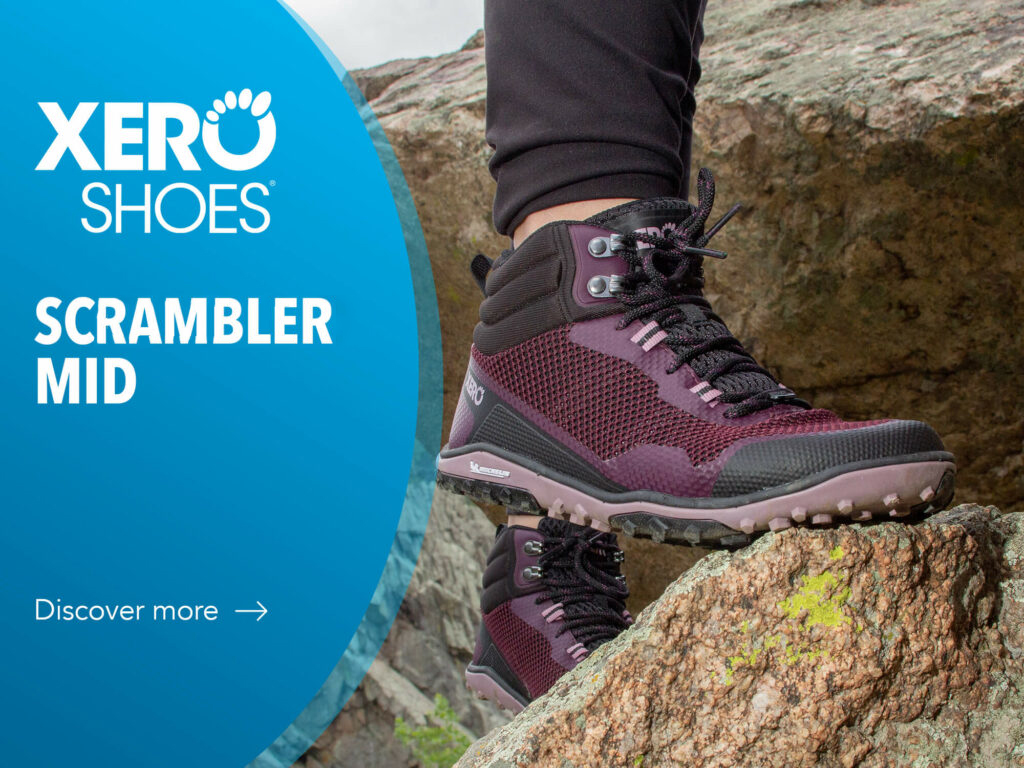Even the longest and most tortuous journey begins with a first and simple step. This saying comes from Japan and is well suited to our magazine, which exploring many disciplines and feats of athletes, has moved all over the world. And, as we have seen together, every journey is always accompanied by the perfect shoe to face it.
We climbed mountains, trekking or climbing the most inaccessible walls. We dived to discover the seabed. We found ourselves on different sports fields. The constant, as we now know, has always been shoes. Because that’s what we’re all about. And we want to talk to you about this for a long time to come.
But in this fascinating sector, there is more to it than just choosing the right shoe. Today, in fact, we want to talk to you about how to take care of your shoes, companions on adventures, faithful colleagues or protagonists of an elegant outfit.
Why take care of your footwear
In recent years we have witnessed a boom in “Fast Fashion” that has swept the fashion world. So let’s talk about both clothing and the footwear sector. Due to this trend, there has been a sharp drop in prices and a much shorter life cycle for clothes and shoes.
The production of a single pair of sneakers releases approximately 136 kg of carbon dioxide into the atmosphere. The shoe production chain, unfortunately, contributes significantly to global pollution because of the wide variety of materials used to make a shoe. We are not only talking about the canvas of the upper or the rubber for the sole, but also about the accessories, of all the minutiae such as metal eyelets, plastic and synthetic materials for the laces, Velcro, foams and so on and so forth.

It has been estimated that, on average, 40 different types of materials are used to make a single pair of shoes, the disposal of which must also be considered. A process that is hardly managed properly, partly because of the glues and chemical dyes, as well as the costs, both economic and environmental, of transportation.
This necessary premise has served to make us understand how important the care of our shoes is not only for our health and that of our feet, but also for that of the planet in which we live. Loving our footwear and taking care of it increases the life cycle of what we wear, allowing the Earth to take a breather from all the pollution that their production entails.
What to do every day to take care of it
Prevention is always better than cure. So before starting with advice on how to carry out care or cleaning interventions, let’s see together some tips for everyday life.
- Wearing socks
Did you know that there are more than two hundred thousand sweat glands in your feet? This means that, both in summer and winter, our feet tend to sweat a lot, especially into closed shoes. Wearing a layer of fabric helps absorb moisture that would otherwise enter the materials that the footwear is made of, which would deteriorate more easily. The same reasoning can be made for the frequent washing that we should do to remove bad odors. Lastbut not least, reducing the humidity around the foot can decrease the occurrence of various diseases and infections;
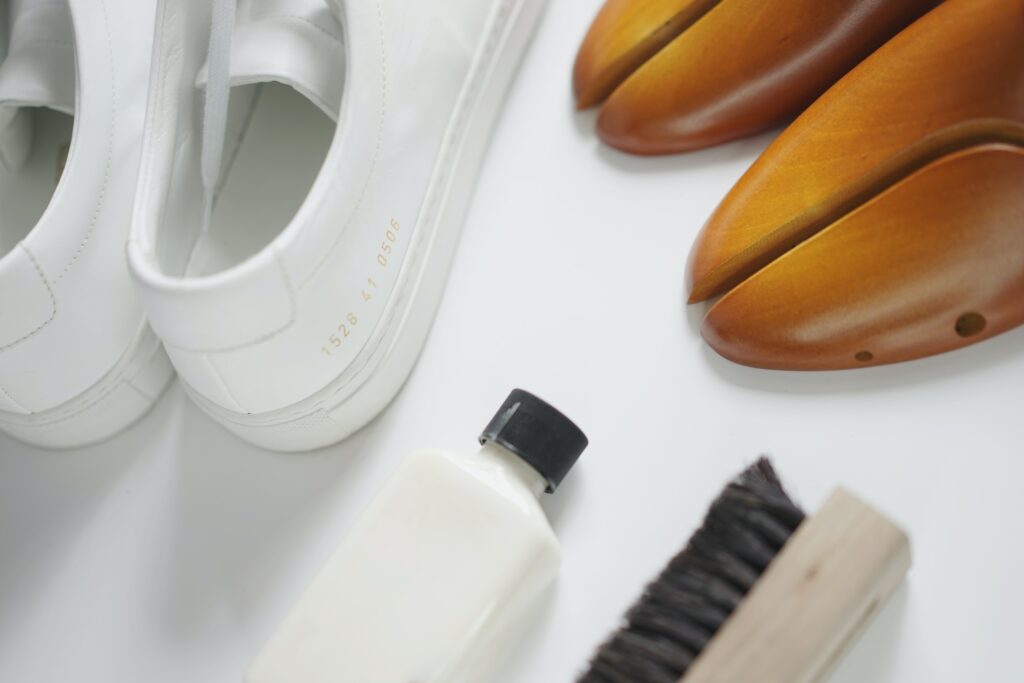
- Remove the shoes properly
Often for convenience we remove the shoes from the back with the tip of the foot but, this way of doing things damages the shoes and wears them out and as uncomfortable as it may be, untying and fastening the laces every time is far preferable. We also recommend the use of the shoehorn, designed to facilitate the fit and to avoid movements that are harmful to the back; - Change your shoes often
Of course, we don’t talk about multiple pairs throughout the day. But if you wear shoes most of the time, leaving them “at rest” is necessary to make them lose all the moisture accumulated during use. Or that they have time to dry properly in case of sudden rain. It is therefore advisable to have different shoes to alternate in your daily life, which can also match different outfits;
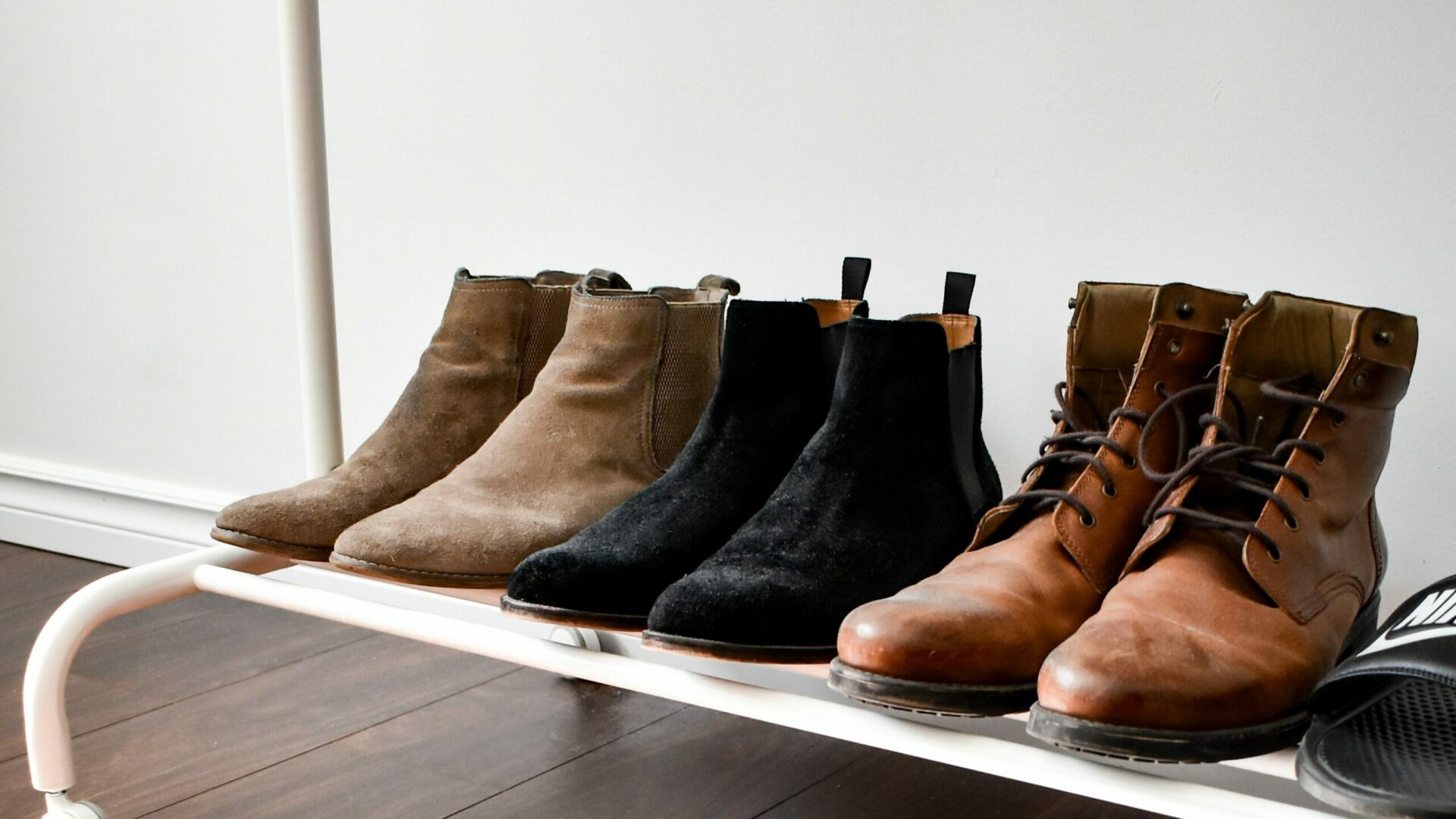
- Keep them away from dust
The best place to store shoes that you use often is the shoe rack. This allows the footwear not to be at the mercy of dust and other substances that could cause it to age prematurely and lose color, such as sunlight. It is advisable to store outdoor shoes away from slippers or slippers that are used inside the home. This prevents the exchange of bacteria and dirt that we would otherwise bring from the road; - Clean them regularly
course, we are not talking about a complete wash, since the use is almost daily. Just check that the sole is clean and there are no strange residues on the upper or between the gaps of the rubber. Sometimes it is enough to just beat them to lose the dust accumulated during the day’s use.
How to maintain your shoes when you don’t use them often
Removing the precautions to be used on the shoes that are worn the most, let’s focus on the other pairs that we use less, either because they are too elegant or because of the change of season. For those who are fond of the lists, here’s another one:
- Clean the sole
In addition to doing this after each use, it is advisable to do a small check beforestoringyour shoes. It is necessary to check that they are cleantoavoid the occurrence of bad odors and proliferation of bacteria. If the upper and the rest of the materials get ‘dirty’ more due to sweat, the sole is another matter entirely. Cleanskis well, removing all foreign objects from the grooves and stripping it of mud and the like; - Store your shoes in a box
In a box that is preferably made of cardboard or fabric and not plastic, as the material of the latter is not breathable. In fact, the soles of the shoes also need a minimum of air circulation;
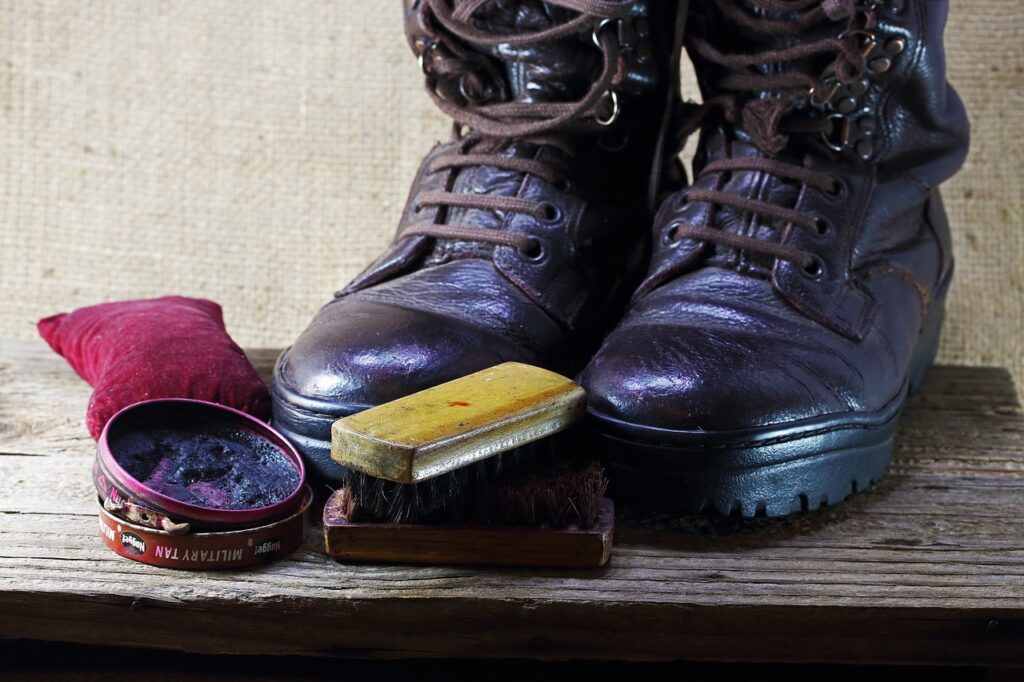
- Do not leave them in direct sunlight
If you do not have the opportunity to store your shoes in boxes or canvas bags, remove them from a source of light and heat which, in the long run, could make the sole and other rubber parts stiffen, making the footwear unusable and uncomfortable; - Keep them away from moisture
Shoes do not particularly like damp places that can lead to the uncontrolled proliferation of bacteria and mold, which are harmful both to our health and to that of the shoeitself. If it is not possible to keep them in dry places, we recommend using desiccant products such as silica gel or sheets of newspaper to be changed often; - Use a shoe stretcher
A shoe stretcher to restore the shoe’s natural shape and texture, bringing it back to a near-unused condition. Many shoe trees are made of wood, which can also help absorb surrounding moisture; - Use rubber covers for the soles,
which is especially recommended for elegant shoes or shoes with heels. They are used for all those shoes that do not have a rubber sole, helping to increase their durability and comfort.
How to wash your shoes?
We’ve seen how to arrange shoes at the end of the day and how to store them when we’re not using them for long periods. Now it’s time to address a long-standing question. A question that each of us has certainly asked ourselves at least once in our lives when faced with our irreparably dirty shoes.
Can shoes be washed in the washing machine?
The answer is “It depends“, because not all footwear is made of materials that can withstand an aggressive action such as that of the washing machine or detergents that we safely use for our clothes. Dress shoes, for example, are always best washed by hand. Leather and vinyl, of which they are very often made, need a specific maintenance and cleaning treatment. With specific products other than detergent and fabric softener. But don’t worry, we’ll cover them in another article
So, which shoes can you put on in the washing machine without too much thought?
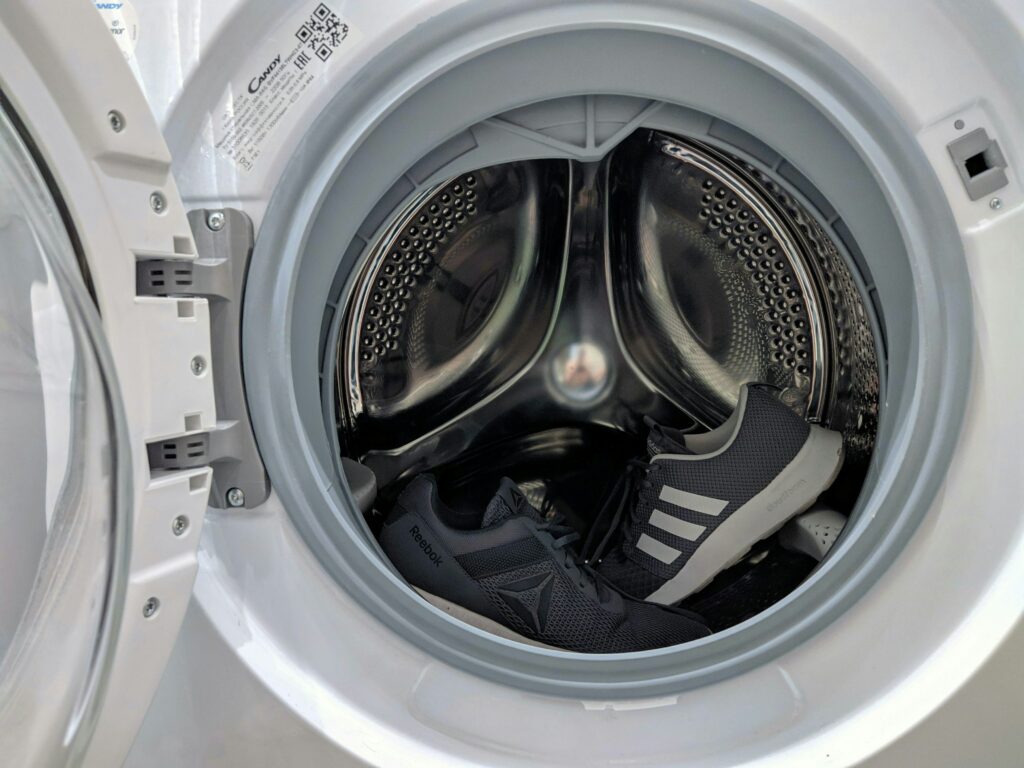
Generally with canvas, nylon, cotton and polyester footwear you can be on the safe side. The only precaution is to be careful with the spin revolutions and not to store them freely in the drum. The best practice is for each shoe to be separated from laces and insoles and placed in a garment bag. This protects not only the shoe but also the drum of thewashing machine.
Then proceed with a program for delicate garments and wait until the wash cycle is finished. For this kind of shoes it is also possible to resort to the use of a dryer, after checking the label. For shoes, always set the temperature to the lowest and check that the rubber parts are not ruined during the process. If you don’t have a tumble dryer, on the other hand, just hang your shoes in the air. But, as we have already seen, the same rule of preservation applies: even if they need to dry, avoid direct contact with the sun so as not to ruin the sole and pigmentation of the shoe. Also avoid stoves and radiators: it is preferable to let them dry evenly at room temperature.
Well! Now that you know the guidelines, all you have to do is go through all the shoes you own. Even if the shoe rack is full and the wardrobe is overflowing, don’t be afraid! Constant and periodic maintenance will help keep them clean and ready for use even with just a few precautions.
And if you are still curious about how to take care of your most particular shoes, we have a special article that deals with white sneakers, sneakers and different types of leather. What are you waiting for? Read it now!
And if you have any other doubts about the cleaning of your shoes, all you have to do is ask to receive many more new tips on how to take care of your travel companions!
You may also be interested in the following articles:

The story of the OCR discipline through the eyes of champion Alessandro Coletta
Alessandro Coletta, Italian and European champion, tells us about the beauty of OCR (Obstacle Course Race) and the importance of the correct equipment to practice it.

Mountain boots: features for professional and rescuers
Learn what are the crucial features of mountain boots to ensure stability, traction and protection in the challenges of professional hikers and rescuers.

The revolution of trekking shoes: how performance soles have radically changed walking experience
From safety to comfort, let’s discover how technology has transformed trekking shoes









































